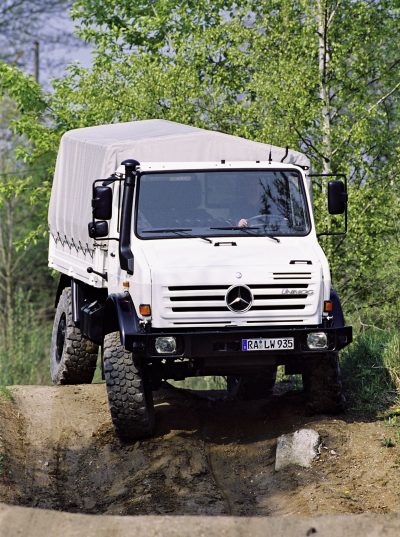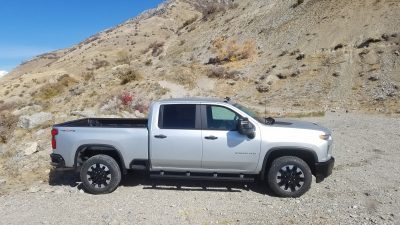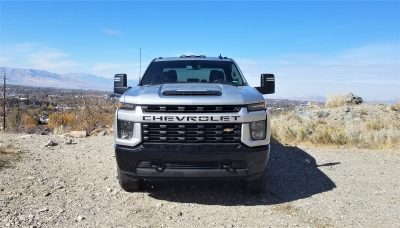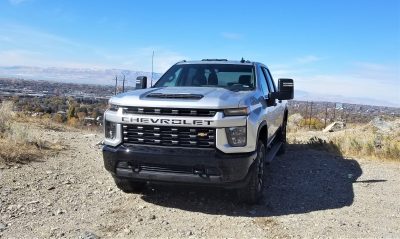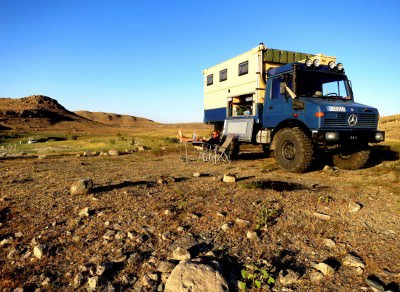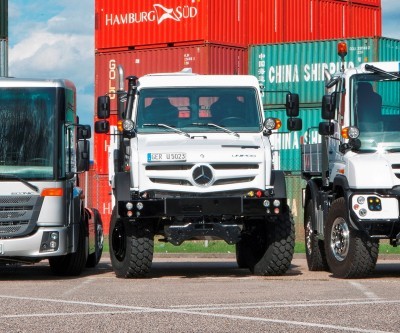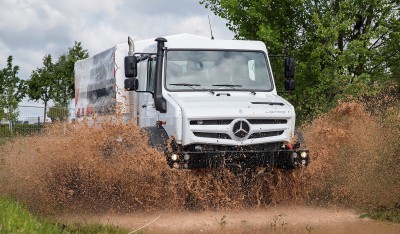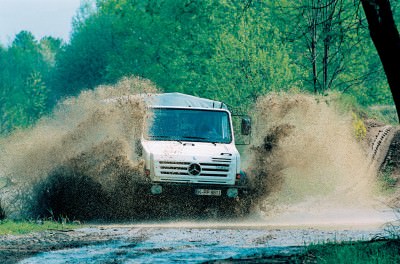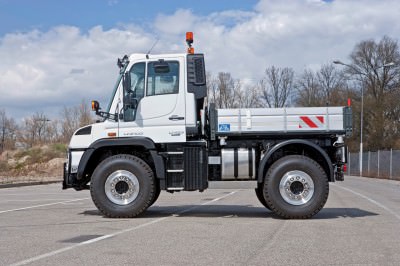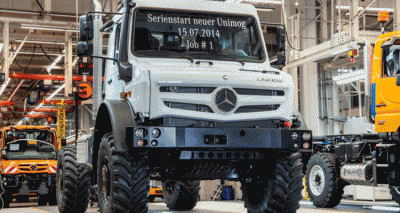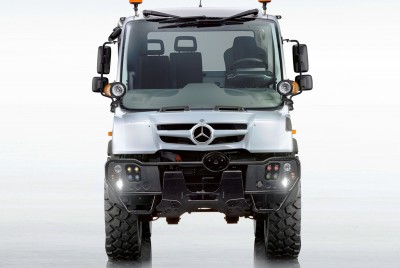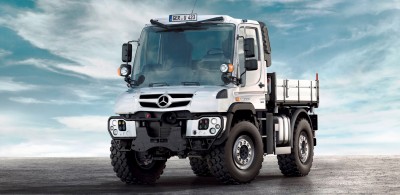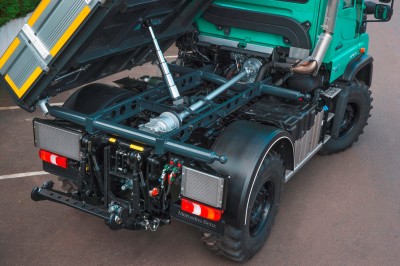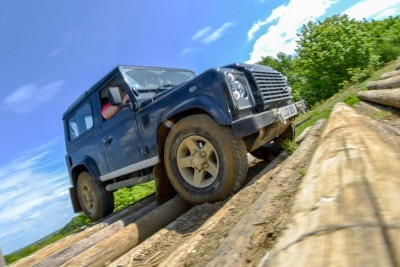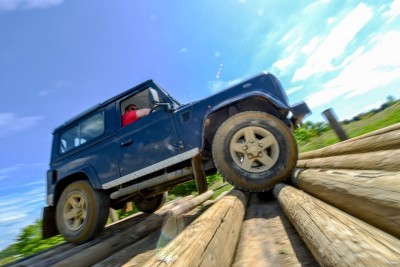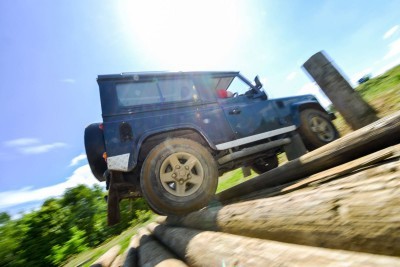Are you a gearhead who’s sick and tired of pounding the beaten path? Do you want to go out into the wilderness and explore? Good – all you need is an off-roader that can keep up with the demands of going off-piste.
A quality off-road vehicle should easily skim over water barriers and bounce up and down steep inclines. With the right one by your side, there aren’t many mountains you can’t climb. Unfortunately, the market is full of faux off-roaders. These are trucks that look and sound like they have everything you need, but they are unsuitable after a closer inspection.
SUVs are commonly misinterpreted as off-road vehicles because they are bulky and come with four-wheel-drive. However, you need to do a lot more than to distribute the power to the back wheels to get yourself out of a sticky situation.
With that in mind, it’s essential to consider the features you should never be without when you go off-road. Once your truck is pimped out to the maximum, you’ll be a lot more prepared and a lot more confident on terrain that is less than welcoming.
Here, then, are the attributes of the best off-roaders on the market. These are what you should invest in before signing on the dotted line.
Low Gearing
Low gearing capabilities are vital because switching from high to low gears impacts torque levels. A good amount of torque is what swiftly transports you from the bottom of a hill to the top in seconds. Or, if you get stuck, it’s what frees you from a hazardous situation with a tap of the gas pedal.
Low gears are excellent for providing control, too. When you consider torque, you shouldn’t assume that the bigger the engine and acceleration, the better it is off-road. The key is maintaining your speed and direction while giving the vehicle extra pull. This is because the ground is usually overgrown or slippery, and the tires don’t get the same amount of traction with high gears.
Low gears are crucial for descents as well as they let you ease your truck down a decline without pressing the brakes.
Torque seems a little retro, especially when you compare it to new-age driver aids. However, no amount of gadgets will save you when you are bogged down by the terrain. Good, old-fashioned torque will.
High Ground Clearance
A good amount of clearance off the ground is pivotal as you’ll likely meet a river or creek on your off-road travels. Like four-wheel-drive, the height of the chassis is a confusing feature that may lead you to make a bad decision. Although all-purpose cars appear as if their body is perfect for a trip off the beaten path, they’re generally ill-equipped.
Firstly, they won’t offer enough clearance to get you through a water barrier. If you have to drive through a creek, even if it seems shallow, you run the risk of flooding the engine and ruining your vehicle. Secondly, the chassis tends not to be body-on-frame, which is what the main off-roaders use.
Of course, there are car-based crossover options that are specifically built to go off-road. In this case, the ground clearance should be great enough to tackle obstacles. This US News post has a list of the highest-quality SUVs available, or you can opt for a classic model, such as a Toyota 4Runner or Chevrolet Tahoe.
To give you an idea of what you’re looking for, Cars Guide says that city-centric SUVs have a clearance of around 175mm. As a rule, you’ll need a height off the ground of at least 200mm to be on the safe side.
Flexible Approach & Departure Angles
You probably won’t hear the terms “approach” and “departure” angle very often. However, don’t fret because they are straightforward concepts. In short, it’s the vehicle’s angle as it approaches and departs an incline or decline. Typically, it must be flexible as it’s easy to belly scrape the underside of the chassis or jam the rollbar.
If you’re thinking, “how am I supposed to know?”, you have a point. You can’t tell by looking at an off-roader and analyzing its incline and decline abilities. Thankfully, you can keep an eye out for telltale signs that point you in the right direction. A prime example is four-wheel-drive versus all-wheel-drive.
The majority of motorists assume that all-wheel-drive is superior because it delivers power to the tires equally. However, in this case, the low body height means the approach and departure angles are pretty shallow. Four-wheel-drive vehicles have a higher body height, meaning they’re more agile and adaptable. Short wheelbases are excellent for moderate-to-difficult off-roading, too.
Anybody unsure should review and research your favorite off-road vehicles to fill in the gaps in your knowledge. Also, you can ask for a test drive to see if the truck is suitable.
Safety And Recovery Accessories
Please don’t take this the wrong way, but the odds are high that you’ll become stuck at some point when you go off-road. If anything, it’s a badge of honor because it’s an occupational hazard of testing your car on challenging terrain. Plus, the only way to know whether you can solve a problem is practice!
Still, the last thing you should do is head out into the unknown without any safety or recovery accessories. Going into a forest without any powerful lights is similar to driving on the highway with a slow puncture and no spare tire in the trunk. Lighting is essential as there aren’t any artificial ones, and you can easily hit something or get bogged down. If you aren’t happy, you should check for roof space for add-ons as Extreme Tactical Dynamics has brilliant LED bars.
Next, check for specially-designed recovery tow points. It’s tempting to attach a winch to stock tow points, or even the bumper, but they aren’t strong enough. The worst-case scenario is that you pull a chunk off your vehicle or bog the car down further. Either way, you won’t get anywhere fast! Recovery tow points can withstand the pressure and pull the wheels from the mire.
In the trunk, you want an emergency toolbox with ladders to put under the wheels and a shovel to dig them out.
Tires
Do your tires look like they can deal with mud, sand, or sharp objects? Anyone who answers yes wants to take a closer glance at the rubber because most off-road vehicles require a tire change. The reason is that SUVs and four-wheel-drive trucks are equipped with Highway Terrain tires.
As the name suggests, these are great for the smooth, glossy asphalt of purpose-built roads, yet they aren’t appropriate for your off-road requirements. Instead, you need a good all-around tire thick enough to ensure there is as much friction between your vehicle and the road as possible. Plus, a strong tread will prevent punctures so that you can continue on your way without a second thought.
Alternatively, you may want to fit tires to the specification of the terrain. For example, if you know it’s going to be muddy, you will need big tires with knobbly treads. These properties stop the chassis from sinking into the ground and are light and bouncy.
Another option is a light tire. They run well at high pressure and carry plenty of weight thanks to their reinforced sidewalls. The choice is yours as long as you don’t stick with a standard tire.
Light Frame
With the torque and tires to tackle almost any element, you can be lured into a false sense of security. Of course the truck is going to be heavy – it has a lot of bases to cover! Although this is true, it comes with a caveat – weight makes vehicles inefficient. You may not think that fuel efficiency is essential, but it is for off-roading.
The reason is straightforward – you have a maximum of two tanks of gas. When the fuel is running low, it’s not as if you can drive to a gas station and fill up. The petrol has to last or you may be stranded in the middle of nowhere without help. Therefore, you should avoid off-roaders on the heavy end of the scale as they’ll only have you watching the fuel gauge every five minutes. Worrying about running out gas isn’t why you go off-roading!
If you want a middle ground, you should opt for an off-road vehicle with a medium weight without plenty of storage space. Then, the chassis won’t bog you down in soft conditions, and you can carry multiple cans of fuel.
Gizmodo has more surprising facts about off-roading that you should check out if this weren’t a feature you considered before.
Conclusion
Lots of things make an off-road vehicle great. In many respects, the one you choose is a personal choice. However, you must factor in the height clearance, torque and low gears, and the tires before you go anywhere near tough terrain.
Also, always carry supplies and inform people of your location in case you hit trouble. Happy off-roading, folks!

CRD Auto Industry Insider may contain helpful and on-topic partner content that auto enthusiasts and car shoppers find valuable.



